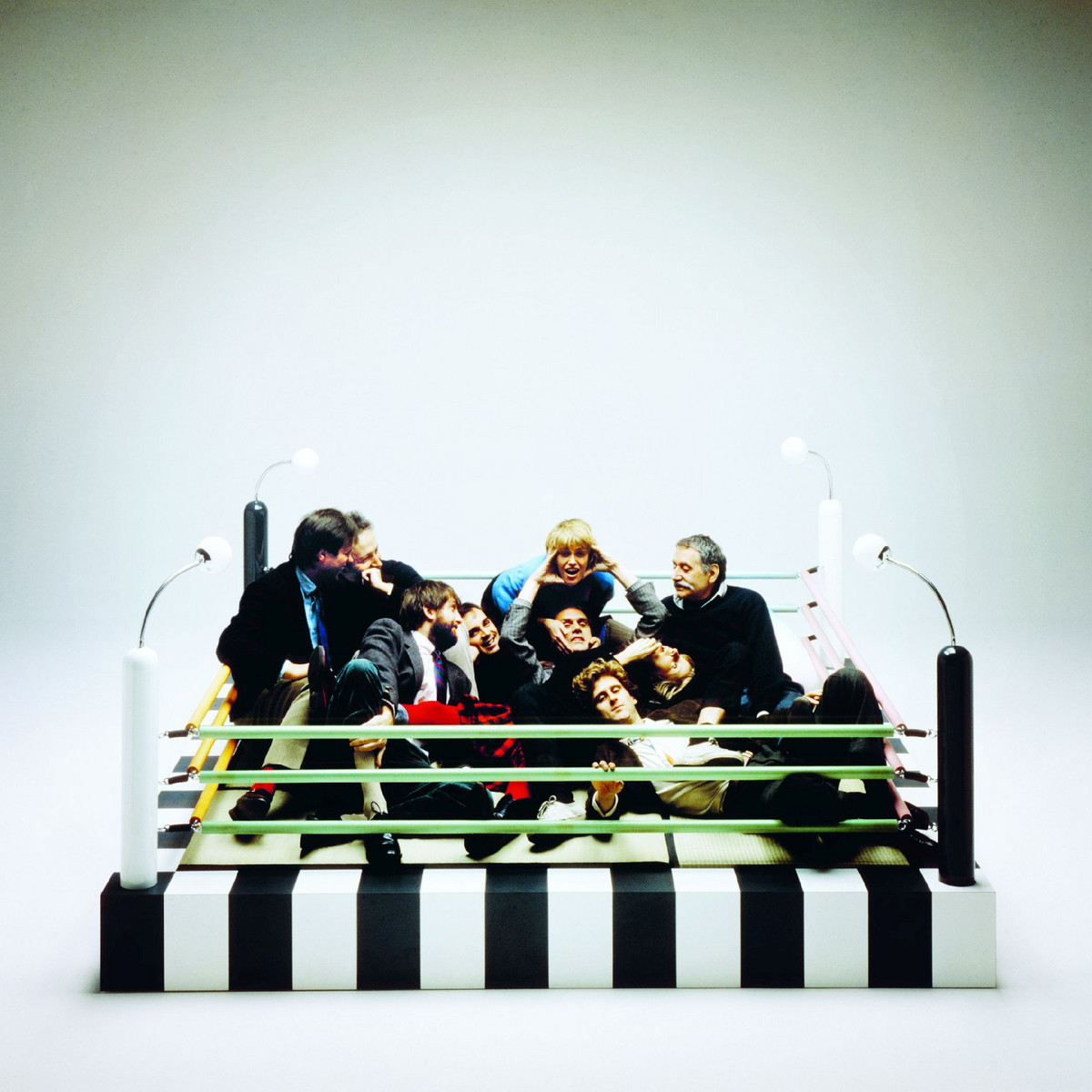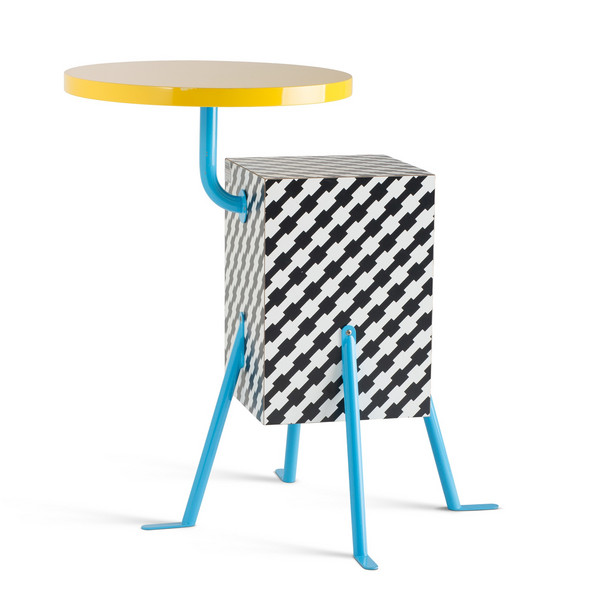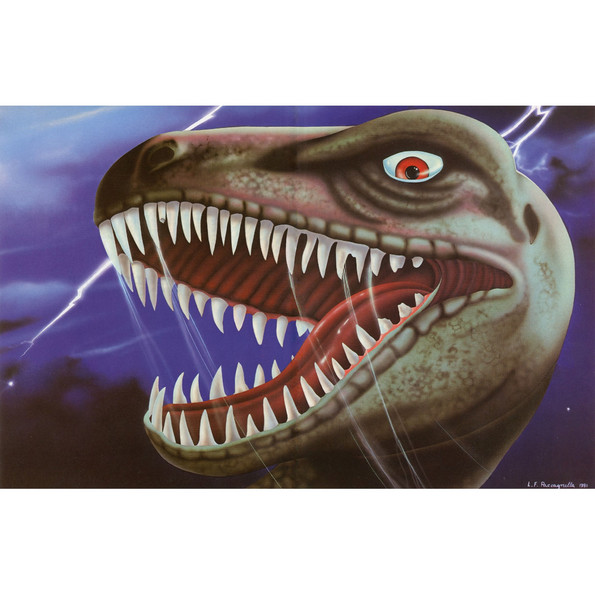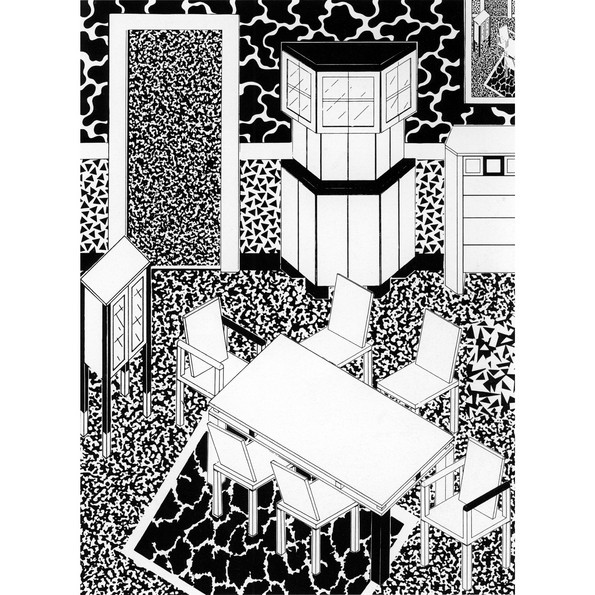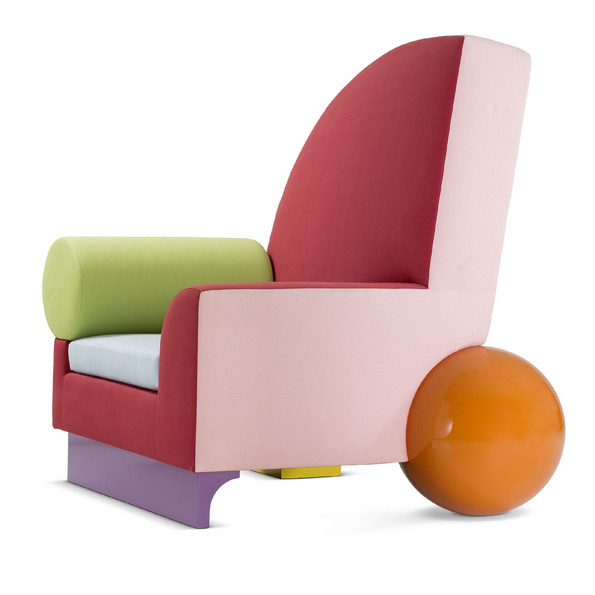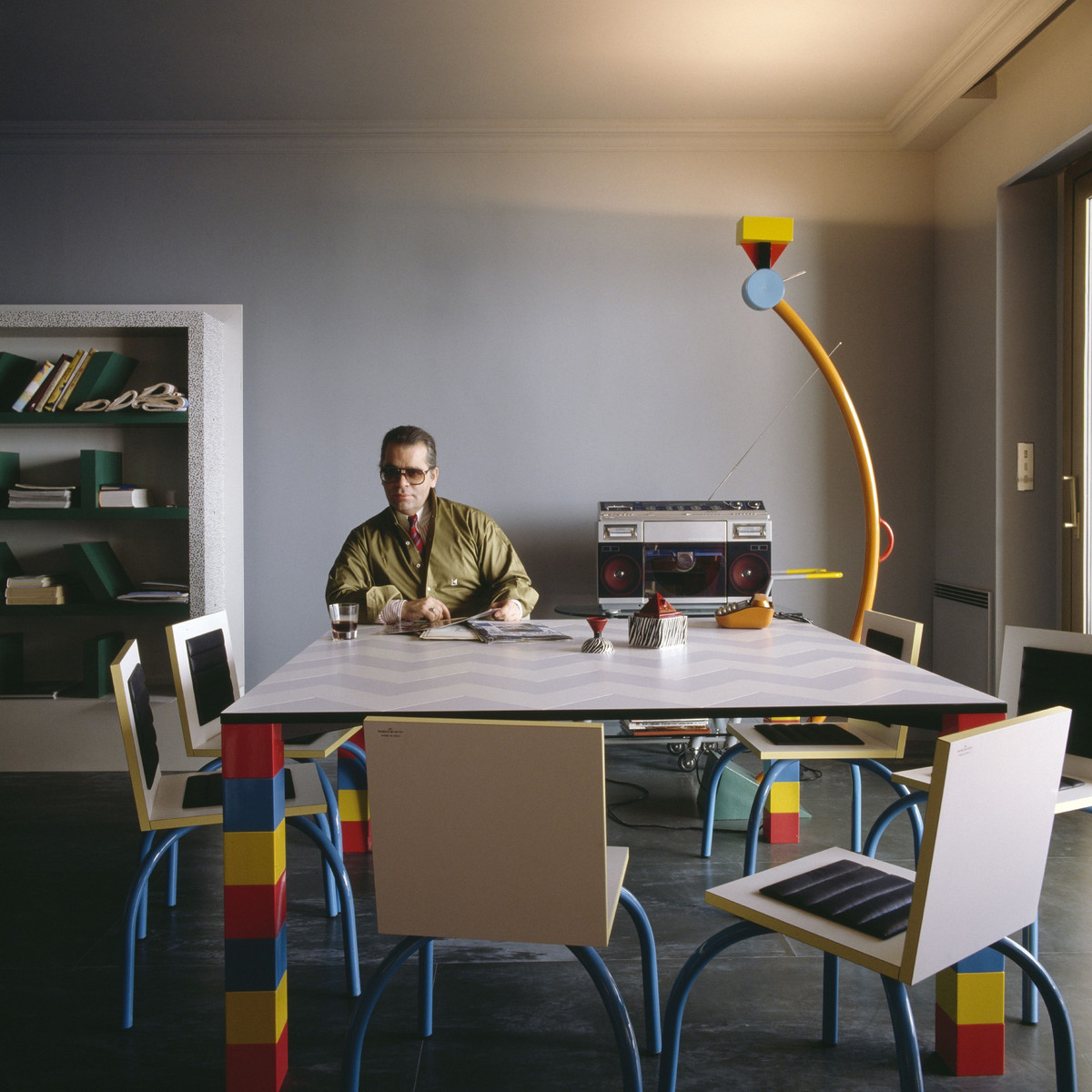Memphis: 40 Years of Kitsch and Elegance
06.02.2021 – 27.02.2022
Vitra Design Museum Gallery
The Memphis group was one of the most unusual phenomena to appear in the world of design in recent decades. It emerged in the winter of 1980/81, when a group of young designers eager to break away from the dogmas of functionalism and industrial design formed around the Italian architect and designer Ettore Sottsass. The group’s first collection, presented at Milan’s Arc’74 gallery in September 1981, was an international sensation. Characterized by garish colours and wild patterns, the Memphis designs seemed to have walked straight off the pages of a comic book and gave rise to a completely new look in which popular culture, advertising aesthetics, and post-modernism merged in a crazy medley. The exhibition »Memphis: 40 Years of Kitsch and Elegance« at the Vitra Design Museum Gallery celebrates the fortieth anniversary of the group’s foundation through its creations, presenting furniture, lamps, bowls, drawings, sketches, and photographs that give insight into the world of Memphis. Exhibits include works by such well-known members as Ettore Sottsass, Michele De Lucchi, George Sowden, Martine Bedin, Michael Graves, Barbara Radice, Peter Shire, Nathalie Du Pasquier, and Shiro Kuramata.
The group’s declared aim was to overcome the dictates of functionalism, celebrate the banal and everyday, and break the taboos of good taste. Its design philosophy was also influenced by the emergence of the information society. Like television and computers, Memphis objects were meant to communicate with the viewer and tell their own unique story. The final breakthrough came in 1982, when fashion guru Karl Lagerfeld furnished his apartment in Monte Carlo with the latest Memphis pieces. The group’s name already suggests a certain glamour: it was inspired by the Bob Dylan song »Stuck Inside of Mobile with the Memphis Blues Again«, which was played at the group’s first meeting in the winter of 1980/81.
The initiative for forming the group and many of its ideas came from the established Italian architect and designer Ettore Sottsass. He had started experimenting with sculptural pieces of furniture in the 1960s, applying colourful plastic laminates to creations which he called »totems«. The chair »Seggiolina da Pranzo« (»Lunch Chair«), which he designed for Studio Alchimia in 1978, also features the patterned laminate that was to become a Memphis trademark. His designs for large storage items are among the groups’s most important works; the »Beverly« sideboard he designed in 1981 will be on show in the exhibition. It combines strangely disparate elements such as a chromium-plated piece of bent tubular steel, a coloured light bulb, and figured wood or snakeskin finish laminates in a superb composition teetering between kitsch and elegance.
The lamp »Super«, designed by Martine Bedin in 1981, is another iconic Memphis work. Its arc of light bulbs arranged in a semicircle looks familiar – like something one would encounter on a fairground or in an American diner. Set on wheels and equipped with an electrical cable, however, it resembles a strange, luminescent pet or a child’s toy. Many Memphis designs were characterized by this playful approach to meanings and references to which the group owed much of its impact on post-modern design.
For a number of young designers, the Memphis group became a platform and springboard to launch their careers and achieve international acclaim. Matteo Thun and Michele De Lucchi, for example, continue to be active in international industrial design. Next to De Lucchis »Kristall« table (1981), the exhibition will also show the chair »First« (1983), which is remarkable for the spherical objects mounted on its armrests to encircle the seated person like planets. De Lucchis »Riviera« chair from 1981, anticipates the pastel colours the designer was to use some years later in a series of experimental household appliances for Philips. This highlights the speed at which Memphis ideas entered everyday aesthetics and contributed to making 1980s design brighter and more playful.
Another leading Memphis designer, Nathalie Du Pasquier, applied the group’s ideas to sophisticated textile patterns and interior designs. The exhibition shows her drawings alongside sketches by Michael Graves, an American architect loosely affiliated with the group.
In 1987 the members of this loose group of like-minded designers suddenly disbanded. Some had contributed no more than a few individual designs, but despite its short-lived existence, the Memphis group’s story and impact are the stuff of legend. The exhibition at the Vitra Design Museum Gallery is an homage to the brief but intense era of the Memphis group, whose energy and creative drive have lost none of their fascination. To borrow the words of Barbara Radice: »Memphis was started with the idea of changing the face of international design, and it chose the most effective, direct and hazardous way to do so.«
#VDMMemphis
#VitraDesignMuseum
#VDMGallery
